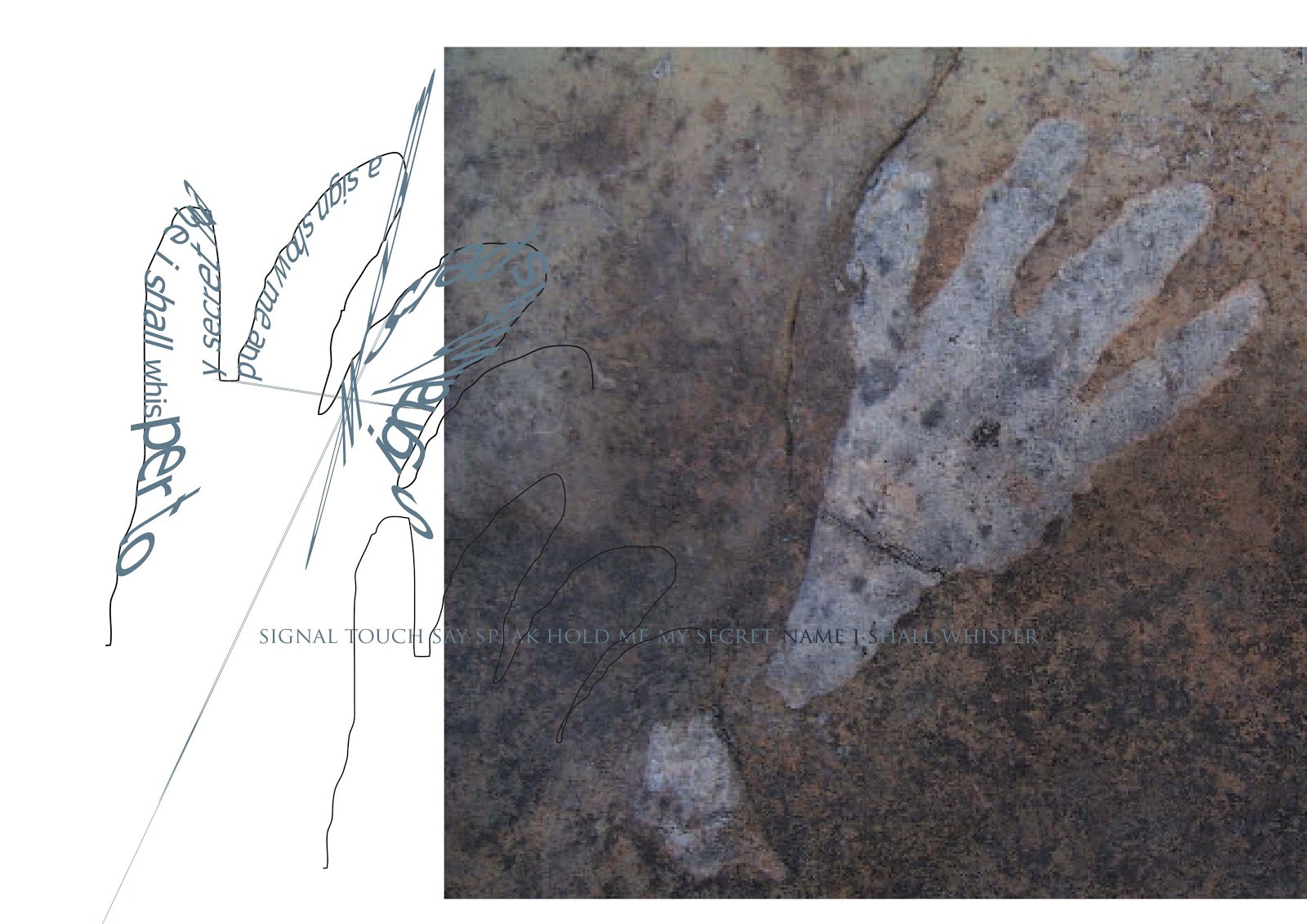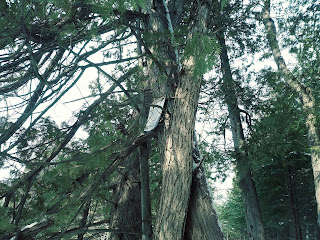Engaging with the archive
Today I begin an auto-enthnographic process to document, interrogate, ponder, and engage with the textual works and archives of Anna Brownell Jameson (her 1836-7 writings, drawings and paintings of Upper Canada). To understand her engagement with place and negotiations of belonging is to interrogate my own. Upon reflection I realize that I have been aware, since I was a young child, that my intense attachment to place is layered with that of others, and that this layering has a particular historical context. Where is this place to which I feel I belong, or rather, where I feel at home? La Cloche in northeastern Ontario, along the Precambrian shield and the North Channel that flows between Manitoulin Island and the North Shore. I grew up (from the age of 9) in a little village called Whitefish Falls (Pickeral River in the old language). Now I live on Manitoulin Island in a house from which I can look out at the hills and the water and not a day passes that I don’t think about those waters and hills and the centuries and millennia of passages over these waterways.
“Here (Great La Cloche Island) we found the first and only signs of civilised society during our voyage. The north-west company have and important station here… It is not merely the love of gain that induces well-educated men – gentlemen – to pass twenty years of their lives in a place such as this; you must add to the prospective acquirement of a large fortune, two possessions which men are most wont to covet – power and freedom.”
Anna Brownell Jameson (Jameson 1837)
Whitefish Falls is a simple loop. A single paved road comes off the highway at one end, curving back onto it at the other, crossing over the river once. The bridge splits the village in two physically, and divides what is mostly the white side of town from the native side, although of course there are a few exceptions on either side. The Whitefish River Indian Reserve lands weave in and around Whitefish Falls, with a pocket that runs through the village, right up to the road, then curves behind the Lodge, and around the other side again. There was, I found out, an Indian graveyard separate from the white picket fence graveyard. I had never noticed before. I was charged with mowing it. I also mowed the graveyard beside our house, pushing the mower up and down through the sunken graves, over old stones and unnamed broken white crosses. There were some veterans, and graves almost a hundred years old, some probably older, indistinguishable except for a sunken space in an uneven row. I had heard that Indians had been buried around the outside fence perimeter. Whitefish Falls had been, old Marian Stump told me, an Indian village before, in her memory. Later a mixed village with a missionary church and school, a community garden; later still nothing but the empty church and a street of houses.
Excerpt from Edwards, S. The Anna Line (Unpublished novel), unpublished work-in-progress.



Comments